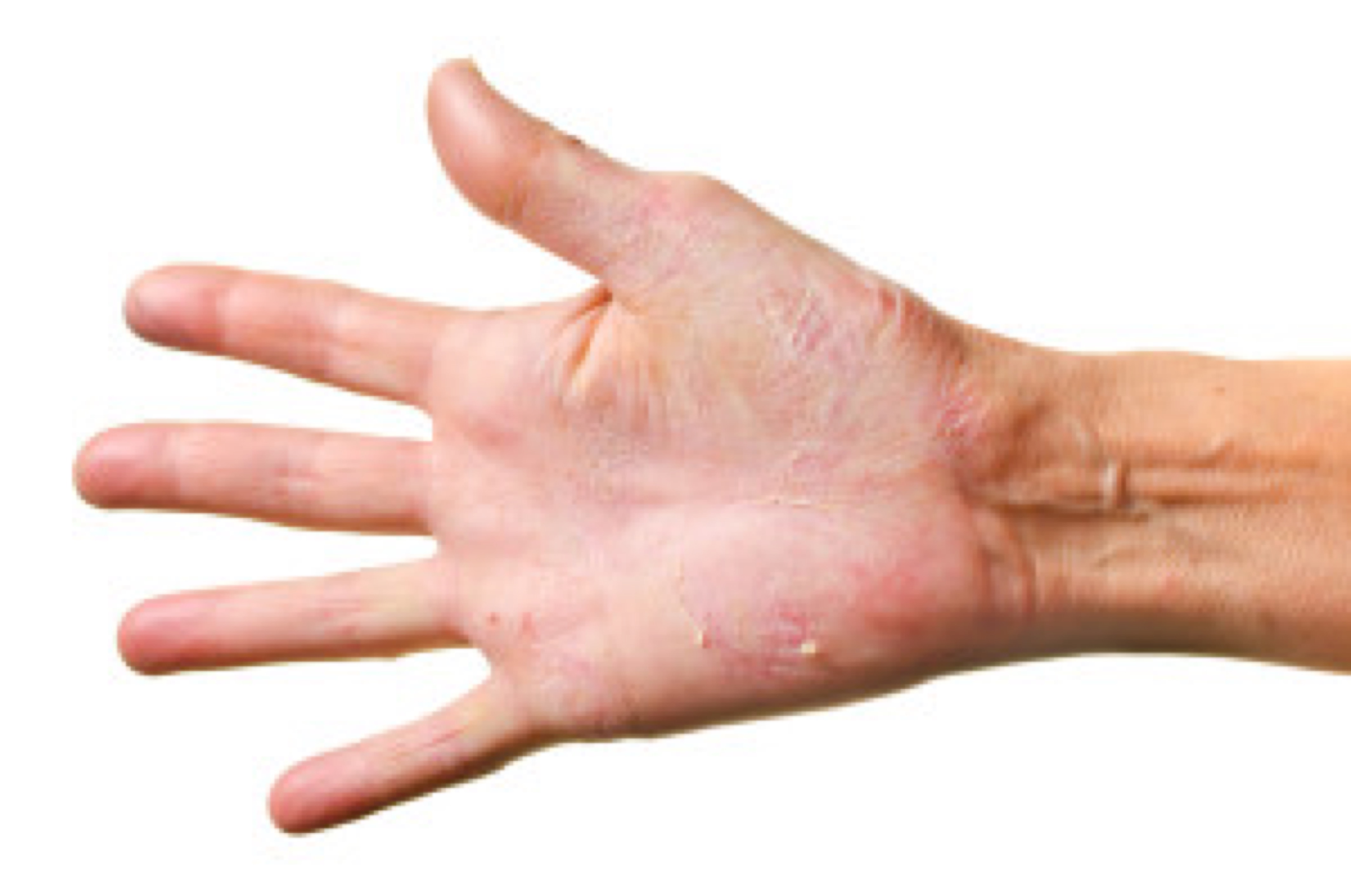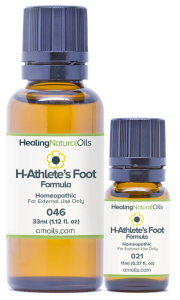Athlete's Foot Could Also Be Called Athlete's Hand
The fungal infection that causes athlete’s foot can sometimes be spread to the hands. This is known as tinea manuum and it can occur if you touch the infected skin on your feet and then don't wash your hands afterwards.
Although the transmission is rare from the feet to the hands, if it does occur it usually affects the palm of one hand causing a dry, red and itchy area. It could easily be mistaken for the symptoms of eczema or the discomfort of psoriasis so a definite diagnosis by a doctor or dermatologist would be advisable.
There is always the risk (when scratching the infected skin on the feet and then touching other parts of your body) that the infection can be spread. Treating the athlete's foot infection quickly and always washing your hands after touching the area is advisable and helpful.
How is the condition spread?
Athlete's foot is picked up when going barefoot in public damp areas such as floors around swimming pools, showers and gyms or by sharing towels, bathmats and even footwear. The condition is very contagious and can be easily spread so wear swim shoes, shower shoes or flip-flops if you are in such public areas. Once picked up, the condition thrives on sweaty feet that are confined to socks and/or tight-fitting shoes - when you will soon notice a scaly rash with itching and burning symptoms.
What is athlete's foot?
It is one of the tinea group of related fungal skin infections. These infections are caused by several types of mold-like fungi called dermatophytes (and pronounced: der-MAH-tuh-fites) that live on the dead tissues of your skin, hair and nails. The medical name for athlete's foot is tinea pedis and it usually affects the soles of the feet as well as the areas between the toes. It may even spread to the toenails.
As we have said earlier, athlete's foot can also spread to the palms of your hands, groin or underarms if you touch your feet and then touch another area of your body. And it certainly does not only affect athletes. Tinea is the medical name for a group of related fungal skin infections that affect the skin, nails, scalp and more – these infections include athlete's foot, jock itch and ringworm. Incidentally, ringworm is not a worm at all. Athlete's foot is particularly prevalent in men.
How to treat Athlete's foot (or hand) quickly and effectively
- Eliminate any fungus lurking in your personal possessions (such as towels and socks) by washing in hot water.
- Wash your feet regularly (especially after playing sport) and dry them carefully.
- Always keep your feet as dry as possible. Change to socks made of special "moisture-wicking" fabrics (available in sports stores) as these are designed to keep feet dry.
- Avoid wearing the same shoes everyday and leave them out to air in between wearing (direct sunlight is good) instead of putting them away in a closet. Never put on damp shoes.
- Let your feet breathe by wearing flip flops or sandals or choose trainers that are well ventilated.
- Start treatment promptly as this makes the condition easier to treat.
- It is common for athlete's foot to recur so keep on using any treatment long after you think it has disappeared to prevent this from happening.
Unfortunately, many athlete's foot treatments use harsh chemicals and should be avoided.
The ideal natural treatment?
This is H-Athletes Foot Formula which is a unique topical homeopathic formula applied (as directed) to wherever the infection occurs, including the hands, to relieve the itching and the burning, safely and gently.
Sources
Athlete's foot. (2015, September 29)
http://www.nhs.uk/conditions/Athletes-foot/Pages/Introduction.aspx (Accessed Feb 10, 2021)
Barry L. Hainer. (2003, January 1). Dermatophyte Infections. American Family Physician. 67(1), 101-109
http://www.aafp.org/afp/2003/0101/p101.html (Accessed Feb 10, 2021)
Aaron DM. (2016). Athlete’s foot (tinea pedis).
ncbi.nlm.nih.gov/pubmedhealth/PMHT0024878/.(Accessed Feb 10, 2021)
Mayo Clinic Staff. (2018). Athlete’s foot.
mayoclinic.org/diseases-conditions/athletes-foot/symptoms-causes/syc-20353841 (Accessed Feb 10, 2021)




